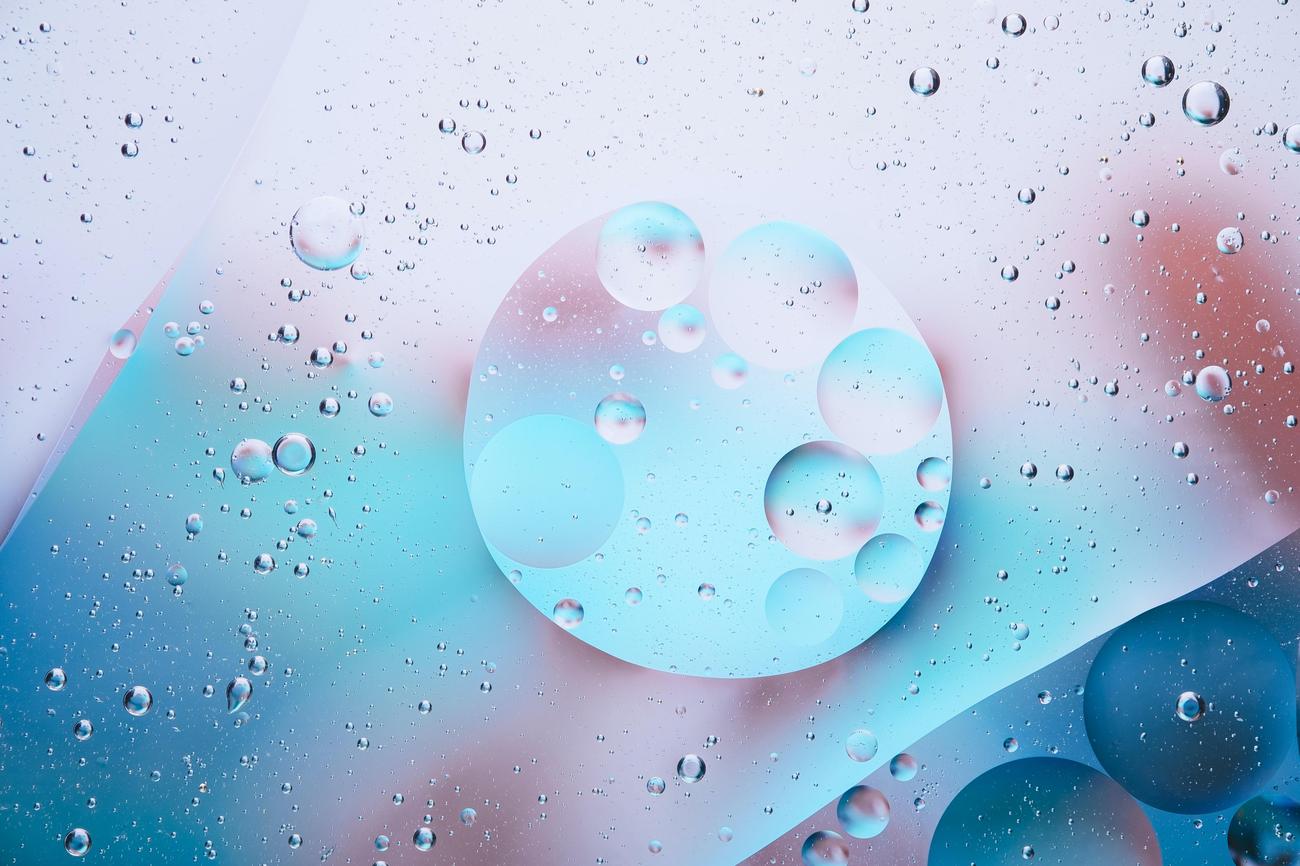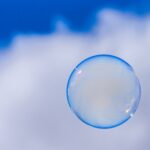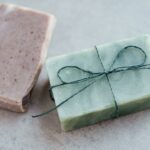Are you ready to dive into a bubbly world of cleanliness and fun? In this article, we will explore fascinating facts about soap that are specially curated for kids. From the magical process of soap making to the different forms soap can take, get ready to uncover the amazing world of soap. So, grab your towel and let’s lather up as we embark on a sparkling adventure through the world of soap!

Facts About Soap For Kids
Soap is an incredible substance that has been around for thousands of years. It’s not just something we use to wash our hands; it has many fascinating properties and purposes. In this article, we’ll dive into the world of soap and explore some interesting facts that will captivate young minds.
Soap: What is it Made of?
Soap is actually made from a rather surprising combination of ingredients. It’s created by mixing vegetable oils or animal fats with a base, such as lye. This mixture then undergoes a chemical reaction called saponification, resulting in the formation of soap. But what exactly is soap made up of? Well, it’s a type of salt known as a fatty acid. It may sound complicated, but it’s actually quite simple to understand. Imagine a long chain made up of carbon and hydrogen molecules; this is called the hydrocarbon chain. At the end of this chain is a special group called the carboxylate head. Together, they form the structure of soap.
Did you know? Soap is a salt of a fatty acid that has a long hydrocarbon chain and a carboxylate head.
The Many Uses of Soap
Soap isn’t just for keeping our hands clean; it has a wide range of uses. Its primary purpose is cleansing, as it helps to remove dirt, germs, and oils from our skin. But did you know that soap can also be used for lubricating and perfuming? That’s right! Soap is often found in various products like shampoo, laundry detergent, and even hand creams. It’s the perfect assistant for making things clean and smelling fresh!
Fun Fact: Soap is used for cleansing, lubricating, and perfuming purposes!
Soap Through the Ages
Soap has a long and rich history that dates back thousands of years. The use of soap-like materials can be traced back to ancient civilizations. One of the earliest pieces of evidence dates back to 2800 BCE in Babylon, where a soap-like substance was discovered. Since then, soap has been used by civilizations all around the world. In fact, the ancient Romans were known for their love of soap, and they even had public bathhouses where people would gather to bathe using soap and enjoy the social aspects of bathing together.
Interesting Fact: Soap has been used since ancient times, with evidence of soap-like materials dating back to 2800 BCE in Babylon.
Different Forms of Soap
Soap comes in various forms, ensuring that there’s something for everyone’s preference. The most common form is the solid bar of soap that we often find in bathrooms. However, soap can also be in liquid form, making it convenient for handwashing or bathing. In addition, there are even soap powders that can be used for cleaning clothes. Furthermore, soap can have different ingredients added to it. Some soaps include moisturizers, fragrances, or special additives to make them extra gentle on sensitive skin.
Did you know? Soap can be made in different forms, such as bars, liquid, and powders, and can have different ingredients added to it.
Now that you know these interesting facts about soap, you can appreciate it even more the next time you wash your hands or take a bath. Soap is not only a practical tool for cleanliness, but it also has a fascinating history and comes in various forms. So, the next time you use soap, take a moment to ponder its incredible properties and the journey it has taken to become the essential product that it is today.
Haven’t you ever been curious about the fascinating facts about soap? Well, we’ve got you covered! Click here to uncover some surprising tidbits about this everyday essential. Don’t miss out on the opportunity to expand your knowledge about soap, simply click on this internal link: facts about soap. You won’t believe what you’ll learn!
Facts About Soap For Kids
Did you know that soap can be incredibly fun for children? We’ve put together a list of captivating fun facts about soap for children that will surely pique their curiosity. From learning interesting facts about soap to exploring educational aspects, there’s so much to discover! Let’s dive in and explore these fascinating topics:
- Fun facts about soap for children: Discover the exciting world of soap with these engaging facts tailored specifically for kids. From its history to its various uses, your little ones will be amazed at what soap can do!
Now, let’s move on to our next link, which will take us on an intriguing journey:
- Interesting facts about soap for kids: Uncover the secrets behind soap’s various forms and how it has evolved over time. Your children will be amazed at the surprisingly diverse world of soap.
As we continue our exploration, let’s delve into the educational aspects of soap:
- Educational facts about soap for young ones: Discover how soap is made, the science behind its cleaning powers, and how it helps keep us healthy. Your kids will enjoy learning while having fun with these educational soap facts.
With these captivating links, your children will embark on an exciting soap-filled adventure. So, let’s start exploring the fascinating world of soap together!
How Soap Works: Exploring the Science Behind Soap’s Cleaning Power
[youtube v=”XR7agvwDOD4″]
The Fascinating History of Soap
Soap, an essential part of our daily lives, has a history dating back thousands of years. While the exact origins are uncertain, experts believe that the discovery of soap was likely accidental. It is thought that rainwater may have washed ash and animal fats into a lake or river, creating a natural soapy lather that proved to be highly effective in cleansing both clothes and skin. This serendipitous discovery would go on to shape human history and become a vital defense against germs and dirt.
The Power of Soap to Combat Germs and Viruses
In today’s modern world, with all our technological advancements, it is remarkable that soap remains one of the most effective barriers against germs, viruses, and general stickiness. A simple mixture of soap and warm water possesses the remarkable power to pulverize almost all the germs and viruses that reside on our skin. This remarkable ability is thanks to the unique molecular structure of soap.
Understanding the Molecular Structure of Soap
Soap molecules have a peculiar shape that resembles a circular head attached to a curly pin. The head is hydrophilic, meaning it easily attaches to water molecules, while the tail is hydrophobic, repelling water and instead clinging to oils or fats. When we wash with soap and water, the soap molecules surround the germs and viruses on our skin. The hydrophobic tails of these molecules desperately avoid water and penetrate the pathogens, effectively tearing them apart as they try to avoid coming into contact with water.
Soap: A Profound and Long-Lasting Invention
The discovery of soap ranks among the most significant and enduring inventions in human history, comparable to the wheel. It is challenging to envision what the modern world would look and smell like without it. Soap’s ability to cleanse, lubricate, and perfume has made it an indispensable part of our daily hygiene routines. We owe our protection against germs and viruses, as well as our overall cleanliness, to this remarkable invention.
The Versatility of Soap
Soap comes in various forms, such as bars, liquids, and powders, catering to different preferences and needs. Additionally, different ingredients can be added to soap to enhance its properties, such as moisturizers, fragrances, or additives for sensitive skin. The versatility of soap goes beyond its cleansing power and extends to ensuring our comfort and well-being.
In conclusion, soap’s effectiveness in cleaning our bodies and clothes is attributed to its unique molecular structure, which allows it to efficiently combat germs and viruses. Its long-standing history and wide range of uses make it an indispensable part of our daily lives. So, the next time you reach for that bar of soap or squeeze out some liquid soap onto your hands, take a moment to appreciate this remarkable invention that stands as humanity’s ultimate defense against dirt and germs.
“Soap’s ability to tear apart germs and viruses while avoiding water contact is nothing short of remarkable.”

FAQ
Q: What is soap made of?
A: Soap is made from vegetable oils and/or animal fats combined with a base, such as lye. It is a salt of a fatty acid that has a long hydrocarbon chain and a carboxylate head.
Q: What is the purpose of soap?
A: Soap is used for cleansing, lubricating, and perfuming purposes. It helps remove dirt, oils, and germs from the skin and surfaces.
Q: How long has soap been used?
A: Soap has been used since ancient times, with evidence of soap-like materials dating back to 2800 BCE in Babylon. People have been using soap to clean themselves for thousands of years!
Q: What are the different forms of soap?
A: Soap can be made in different forms, such as bars, liquid, and powders. Each form has its own advantages and uses. It all depends on personal preference and the specific cleaning task.
Q: Can soap have additional ingredients?
A: Yes, soap can have different ingredients added to it, depending on its intended purpose. Some soaps may contain moisturizing agents, essential oils for fragrance, or other additives to provide specific benefits for the skin.
- Identify Black and White Snakes: Venomous or Harmless? - April 20, 2025
- Unlocking Potential: Origins High School’s NYC Story - April 20, 2025
- Period Quiz: Predict Your First Period - April 20, 2025















